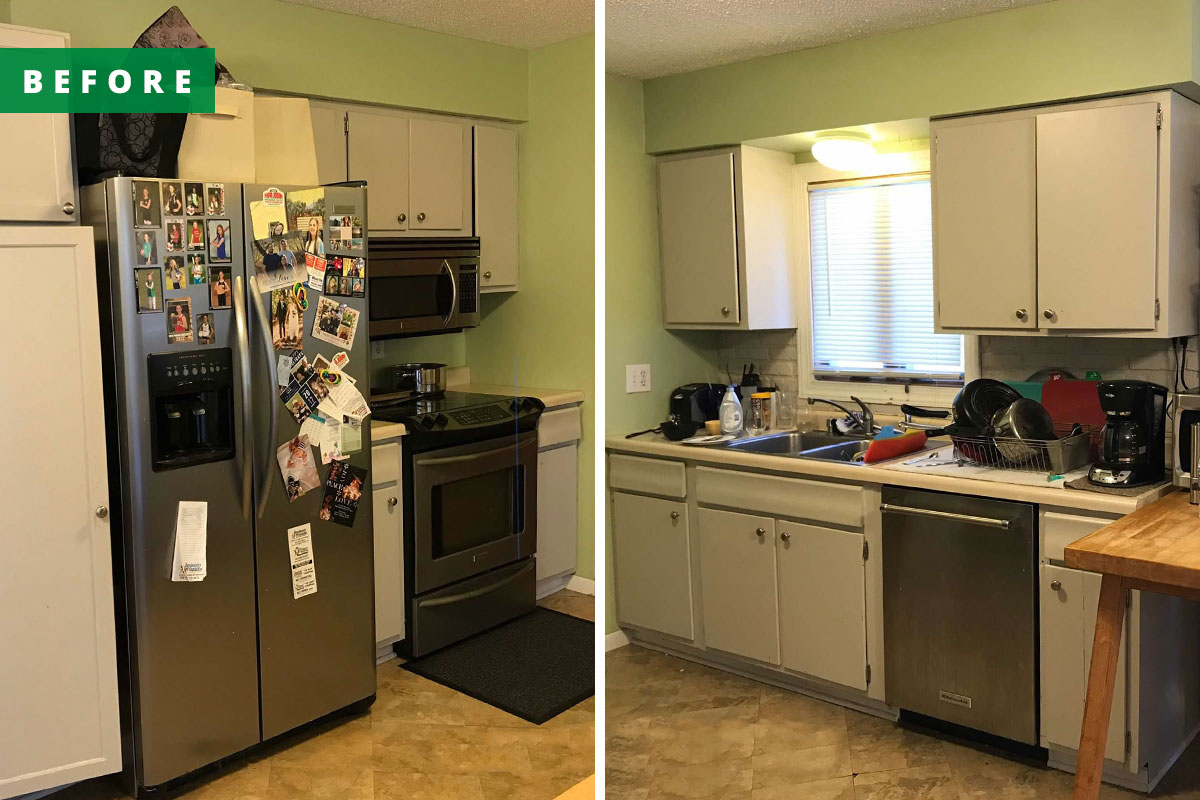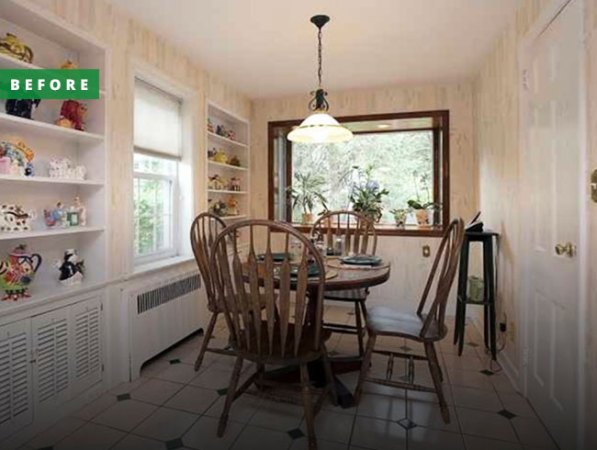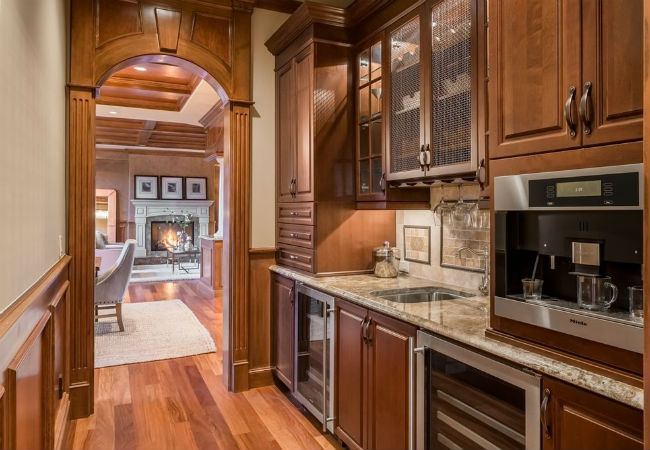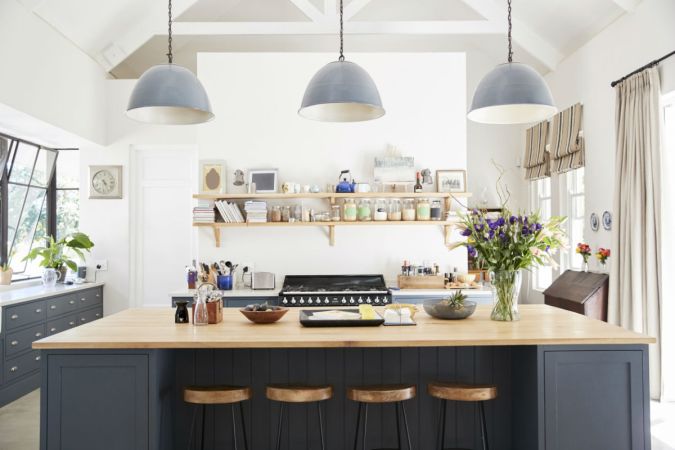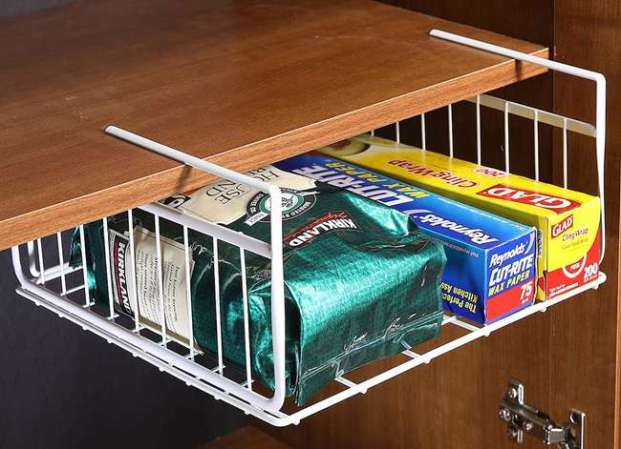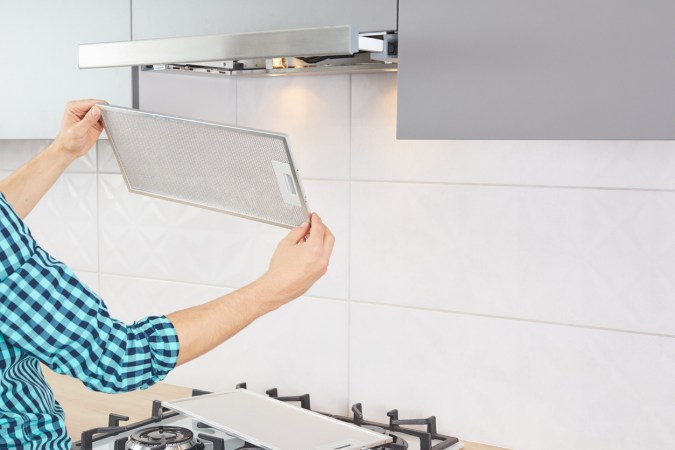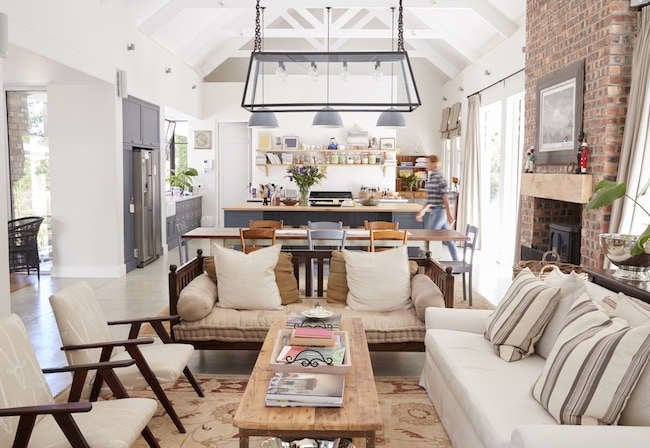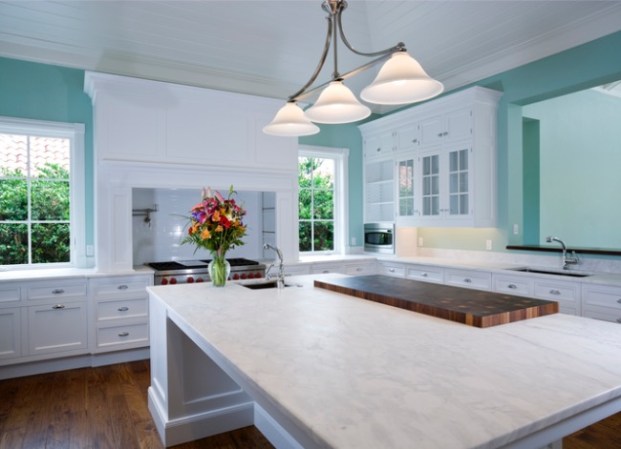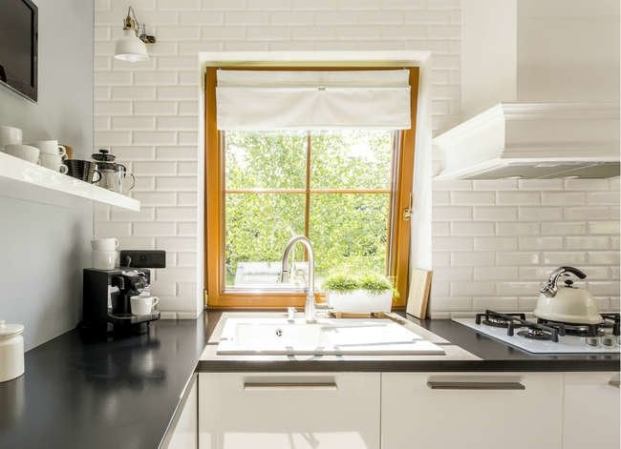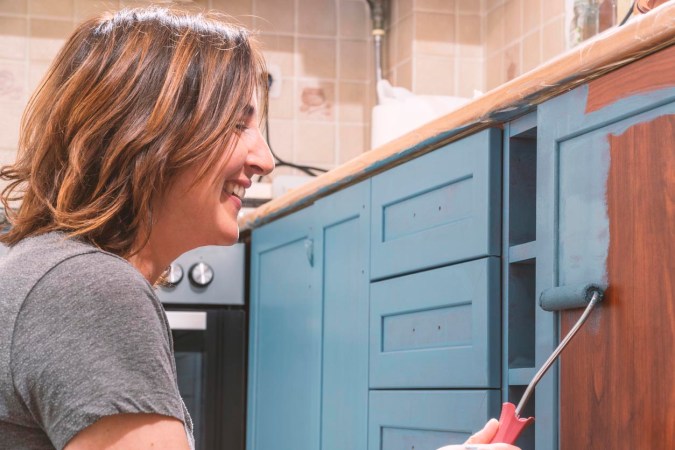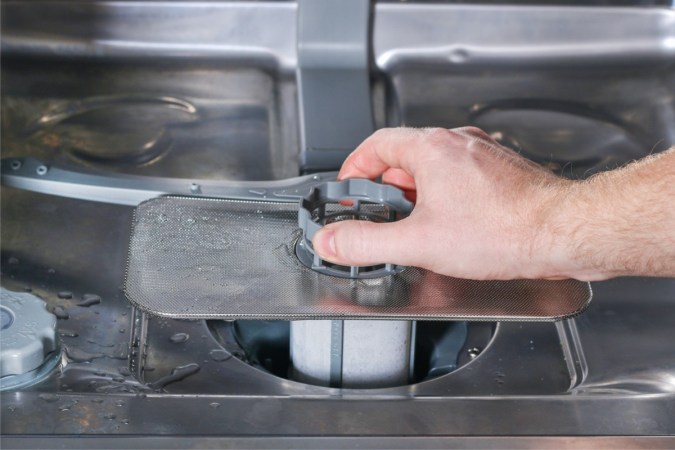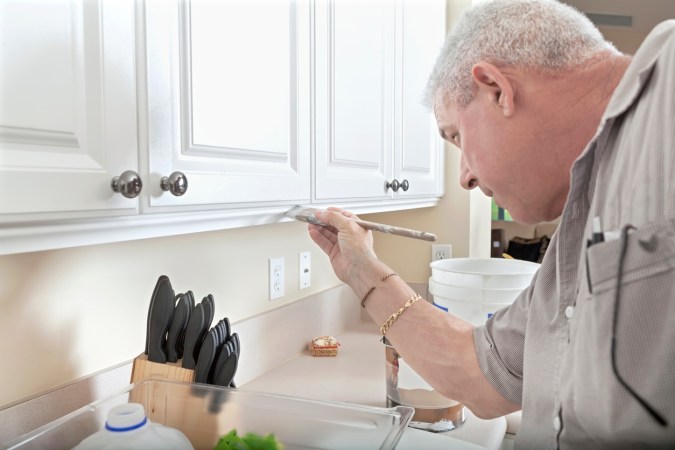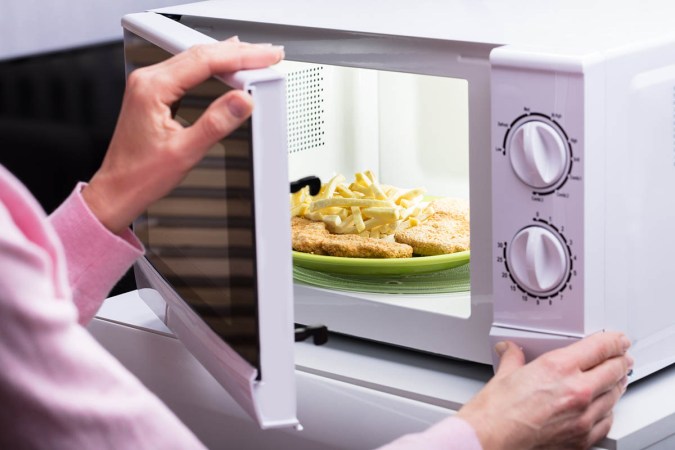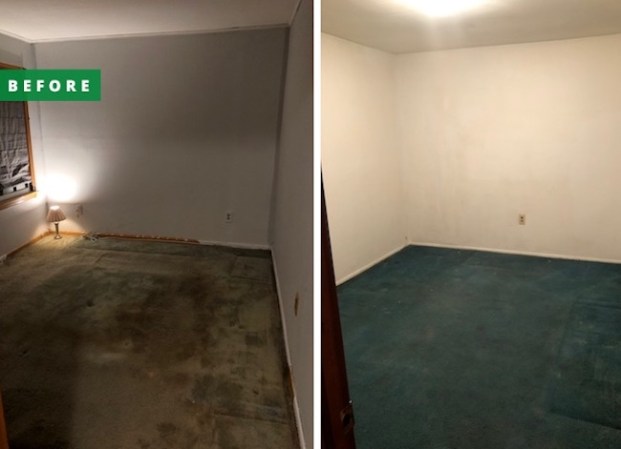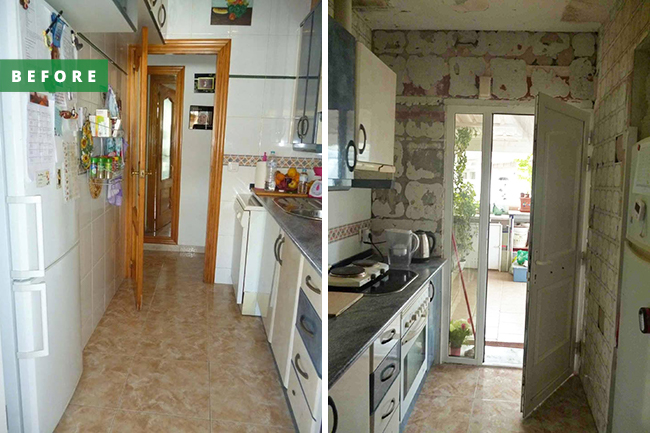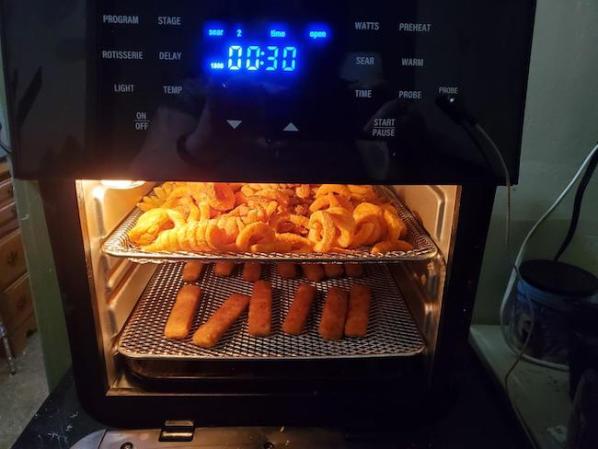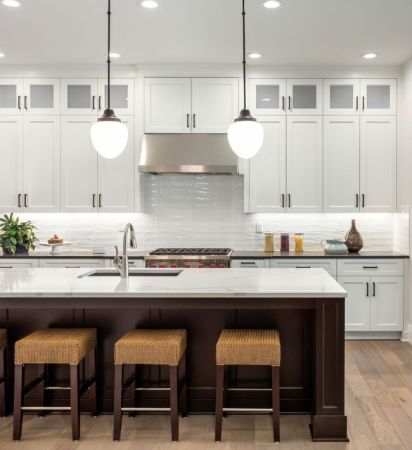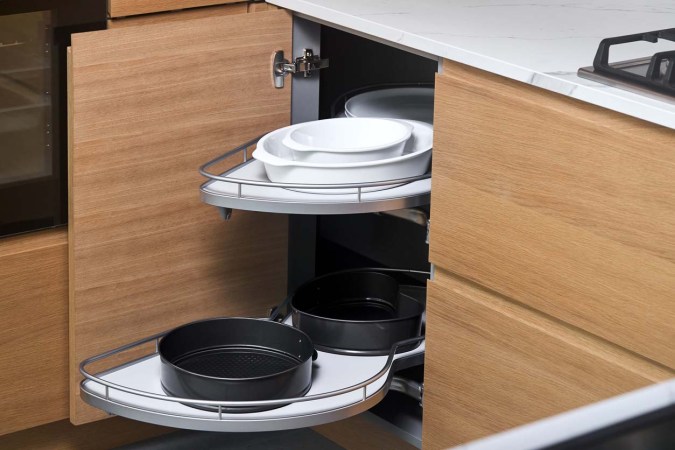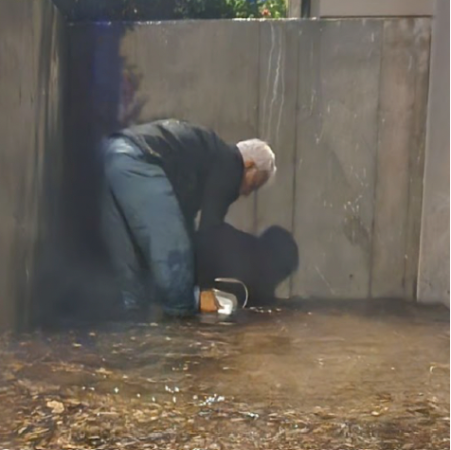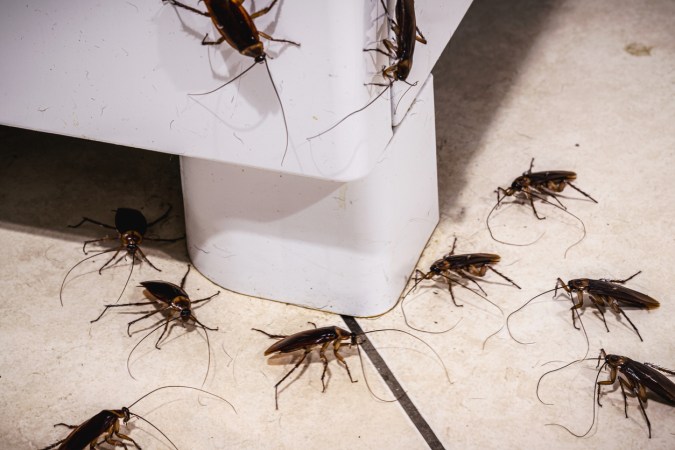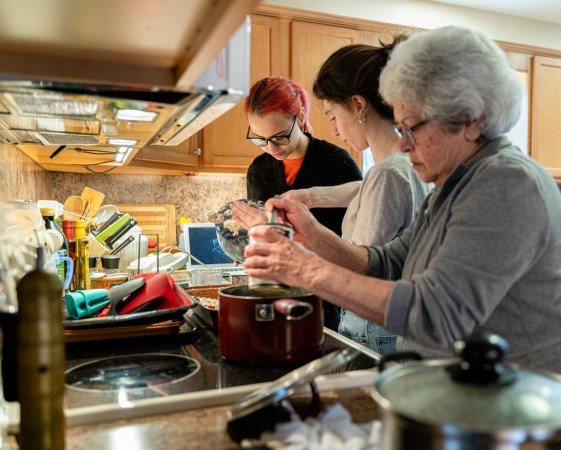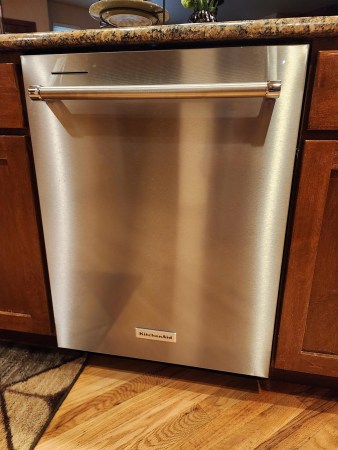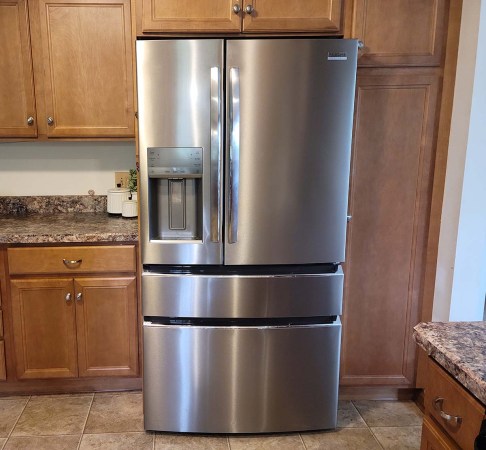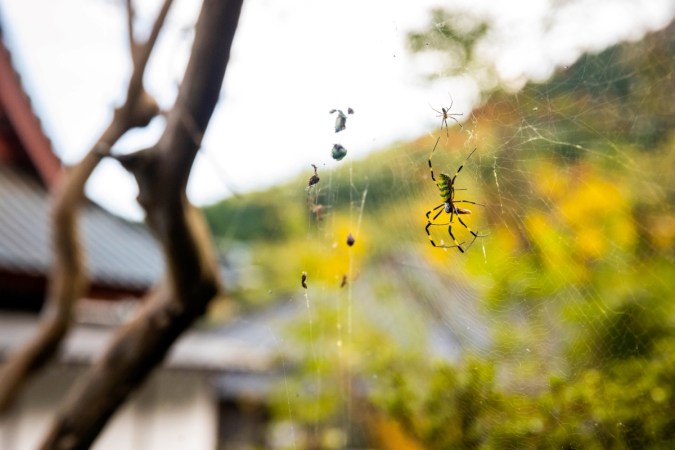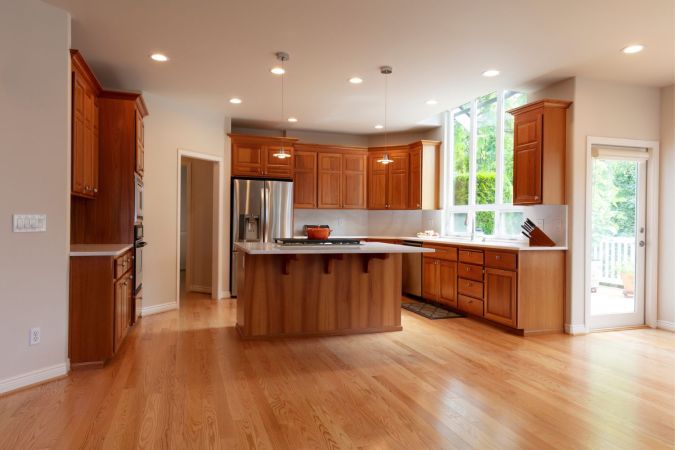We may earn revenue from the products available on this page and participate in affiliate programs. Learn More ›
The biggest design decision of my DIY kitchen renovation wasn’t the color scheme or choosing materials. It was whether or not to ditch my upper cabinets and replace them with open shelving. My husband and I went back and forth on the topic. He opined that we wouldn’t miss the boxy clutter collectors, while I questioned where we’d put all of our stuff. Ultimately, we took the plunge and have been living with an open-shelves kitchen for a few years now.
Throughout my career as a home and garden editor, I’ve heard both sides of the debate over open shelves. Most people either love their neat, accessible aesthetic or hate their potentially disorderly, limiting functionality.
Really, both parties have valid arguments. In a recent conversation with Stephanie Pierce, Director of Design and Trends for MasterBrand Cabinets, I learned that kitchen open shelving isn’t just for looks anymore. It’s now a staple when it comes to building functional components in a space. “It’s absolutely a lifestyle choice,” Pierce says. After experiencing it for myself, I couldn’t agree more.
My renovated kitchen includes zero upper cabinets, a counter-to-ceiling subway tile backsplash, a new vented range hood, and two 7¼-inch by 57-inch wood shelves, among other things (but those are the projects that pertain to the article you’re reading now). Oh, and a pipe-fitting pot rack! More on that later.
RELATED: 20 Kitchen Trends You Might Regret
The space feels bigger and brighter.
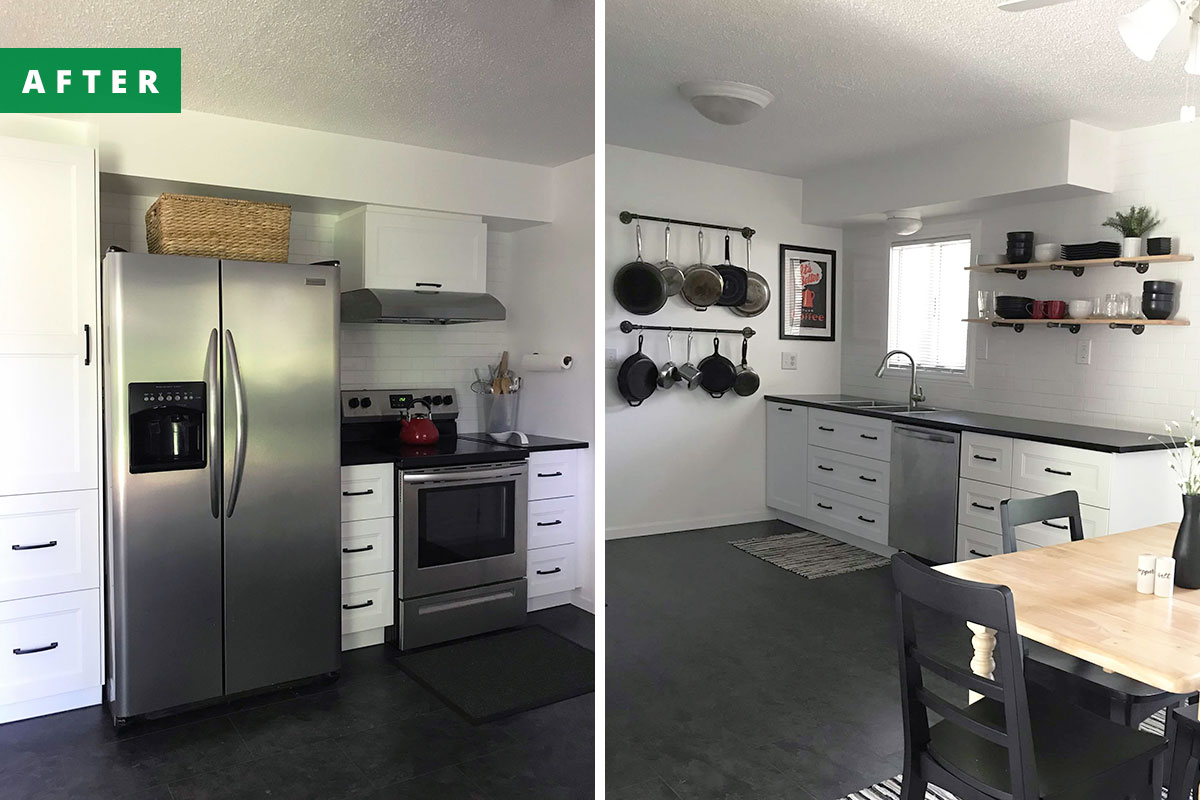
Design-wise, opting for open shelving was a fantastic decision. My spouse loves to cook, as do I on occasion, and we appreciate the convenient, flexible nature of our kitchen. Not only did removing the upper cabinets brighten up the area around the window, but it also opened up a view of every dish we own. Luckily, I love beautiful plates, bowls, mugs, and glasses. Displaying them as functional kitchen decor that can be swapped out as often as we desire is something I value at this stage of my life.
With only lower cabinet drawers in our new kitchen, we had to designate storage space elsewhere for some small appliances, large platters, and specialty tools like mixer attachments and pizza peels. We made room for additional shelves in the laundry/utility space just off of the kitchen.
We also had to make some tough downsizing decisions for the open-shelves concept. We saved a few sentimental pieces, but donated much of the hand-me-down dishware, utensils, and unused kitchen gadgets we’d collected over the years.
RELATED: 11 Minimizing Methods to Help You Live With Less—and Why You Should
We do fewer dishes more often.
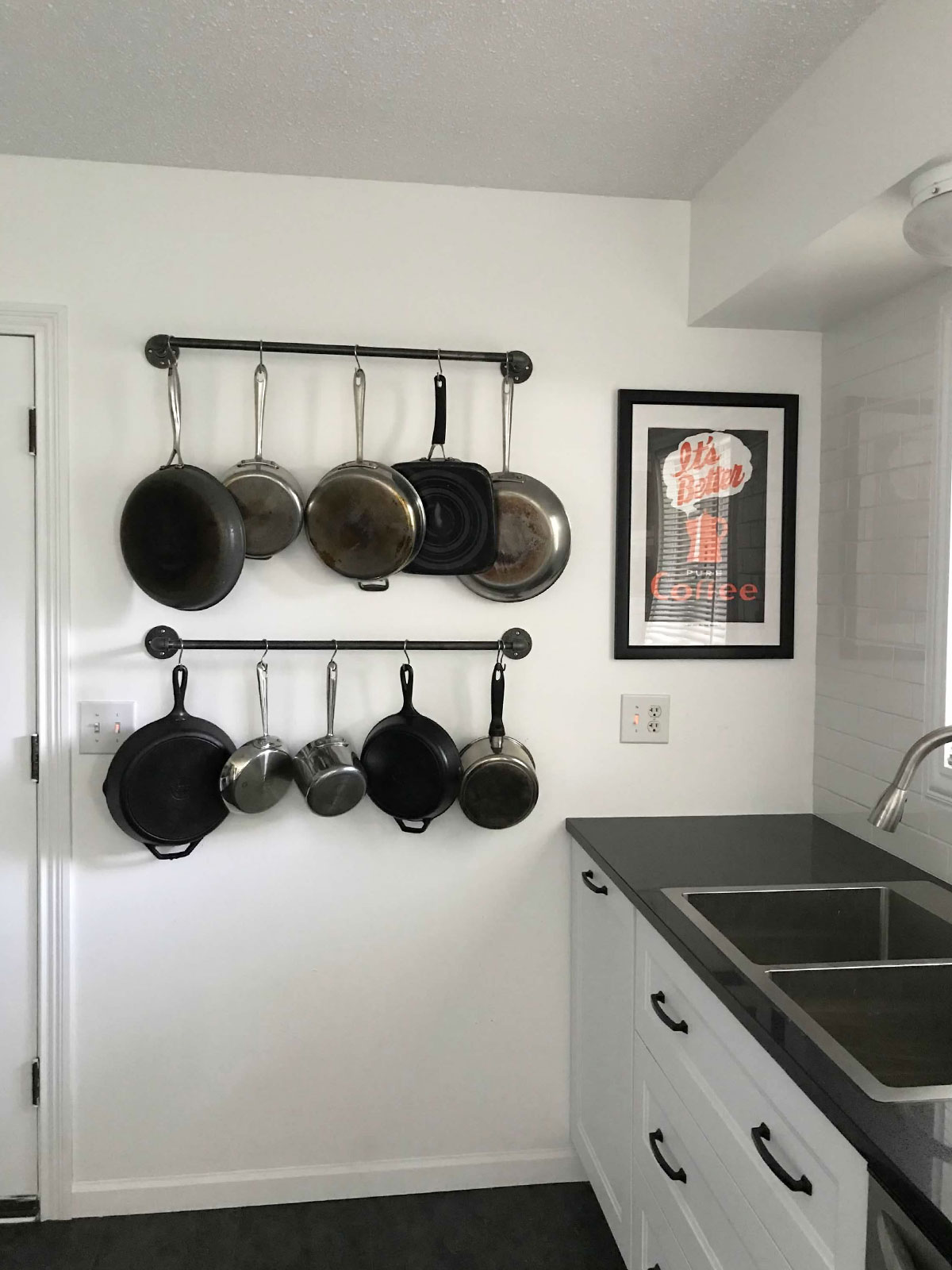
Meticulous upkeep is a necessity with open kitchen shelving—and what I was most anxious about for my household. Up until the renovation, we’d let dirty dishes pile up in the sink and counter because we had an endless supply of clean items to use in the cupboards. Not anymore.
As it turns out, we just needed to adjust our routine. Now that our kitchen’s cleanliness is more exposed, we prioritize it. Sure, it felt like more work at first. But washing and returning dishes to their designated spaces at the end of each day is actually very satisfying. We also installed a pot rack that displays all of our frying pans, sauce pans, and colanders within arm’s reach of the chef. These, too, are washed and put away nightly.
Dust and grease still accumulate.
Without the cover of cabinets, gunk can settle on open shelves and the stuff stored on them. In my well-used kitchen, features like a ducted range hood and an easy-to-clean backsplash are especially important for minimizing the issue. In addition, regularly cycling through our smaller dish collection, as noted above, inherently prevents buildup. Nothing clean sits long enough to get dirty before we use it, wash it, and return it.
Really, the only thing we have to dust and degrease on occasion are the shelves themselves, just like we used to do with our old upper cabinets. I haven’t needed to sand and refinish the wood yet, but I would imagine that’ll be a maintenance to-do in the next few years.
RELATED: 9 Ways to Improve Kitchen Functionality
Styling open shelves can be challenging.
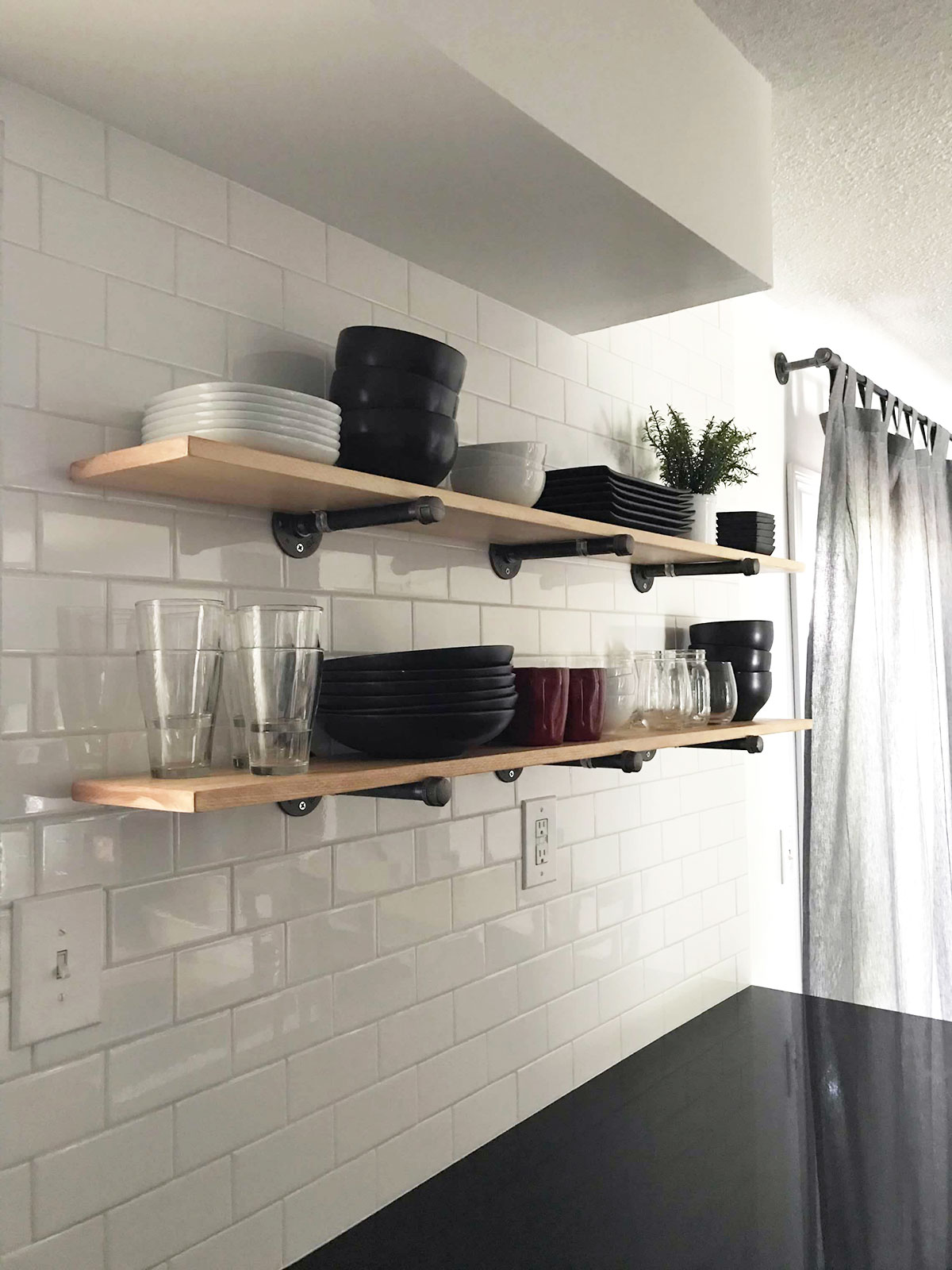
Simple black and white dishware inspired my tuxedo kitchen design, which simplified, to a degree, the task of styling. The neutral base colors allow for one or more accents that are fun and easy to change up, but too much variety could make things look messy. It’s important that we scrutinize every new purchase to keep clutter in check.
Another limiting factor is the size of the kitchen shelves. For example, there simply isn’t room to display the “cheffy” bowl-plates my husband enjoys serving dinner on because they’re too wide. On the flip side, we’ve come to appreciate cleverly designed items like these stackable wine glasses that are as streamlined as they are functional. The biggest challenge for my household was learning how to decorate the shelves in a way that not only fulfills our cooking desires, but also maintains order.
Now that we’ve nailed down a system for keeping our kitchen’s open features neat and tidy, I can’t imagine going back to those boxy clutter collectors. I’m on Team Open Shelves from here on out!

